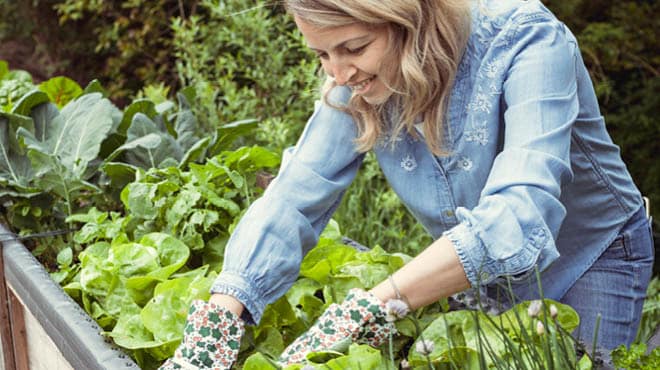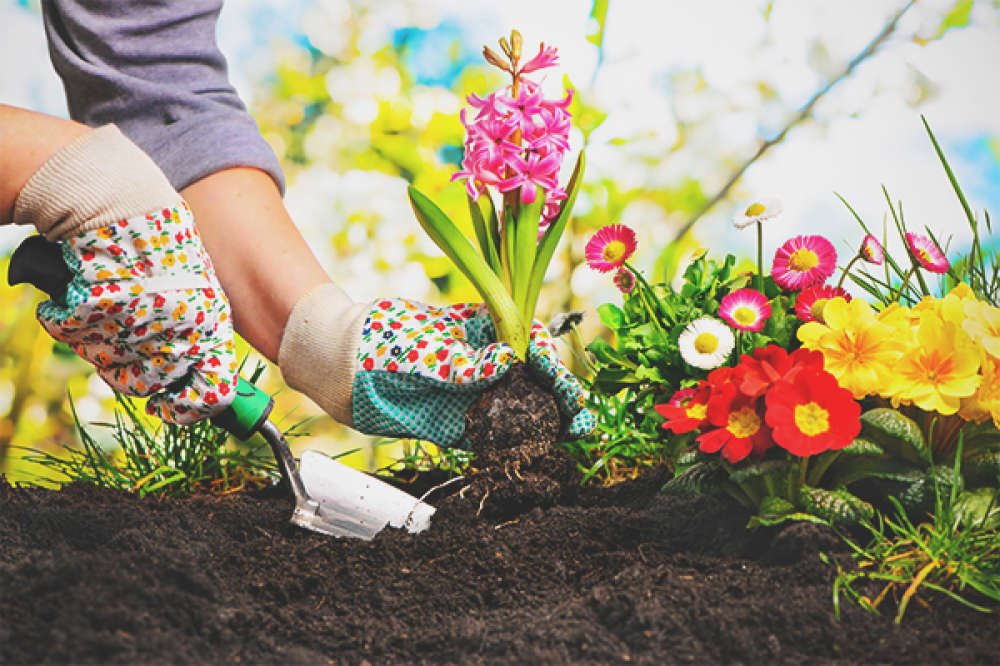Kickstart Your Gardening Journey: Building the Perfect Gardening Kit for Beginners
Wiki Article
The Ultimate Guide to Gardening for Beginners: Detailed Tips and Techniques for Expanding a Prospering Garden
Are you prepared to dive right into the globe of horticulture? Look no even more than "The Ultimate Overview to Gardening for Beginners." This detailed guide will stroll you via whatever you need to know to expand a growing yard. From understanding your yard area to selecting the right plants and preparing the dirt, we've got you covered. Obtain all set to unleash your green thumb and develop a gorgeous, prospering yard.Comprehending Your Garden Room
To maximize your horticulture success, start by familiarizing yourself with the one-of-a-kind characteristics of your yard area. Recognizing your garden room is vital for producing a prospering garden. Begin by observing the quantity of sunlight your garden obtains throughout the day. Make note of any kind of locations that are shaded and those that obtain full sun. This will help you figure out which plants will thrive in each location.Next, analyze the dirt in your yard. Is it sandy, clay-like, or loamy? Comprehending your soil kind will guide you in picking the right plants and applying proper soil changes. In addition, think about the drainage of your garden. Is it vulnerable to waterlogging or does it drain quickly? This info will assist you make educated choices regarding watering and plant positioning.
Additionally, focus on any microclimates within your garden. These are little locations that may vary in temperature or moisture levels compared to the remainder of your yard. For instance, a south-facing wall might retain warm, developing a warmer microclimate. Make use of these variations to your benefit by planting moisture-loving or heat-loving plants in these locations.
Selecting the Right Plants

Do you choose low-maintenance plants or are you eager to place in additional effort for high-yield plants? Think regarding the quantity of time, power, and sources you are ready to spend in your garden.
Additionally, take into consideration the room available in your garden. Take measurements and plan the format of your plants. Consider the fully grown dimension of each plant and ensure they have adequate room to grow without overcrowding each other.
Ultimately, think of the usefulness of your plant selections. gardening tips for beginners. Will you be able to provide the needed care and maintenance for your picked plants? Take into consideration factors such as watering, feeding, pest control, and trimming
Preparing the Soil for Growing
As soon as you have actually selected the appropriate plants for your prospering garden, it's time to dive into the important task of preparing the dirt for growing. Take an example and test its pH levels, as different plants flourish in different pH varieties.
Once the soil prepares, create furrows or holes for planting. The depth and spacing will depend on the certain needs of your picked plants, so describe the seed packages or plant tags for guidance. Gently place the plants in their assigned areas, ensuring that the roots are covered with soil. Strongly push the dirt around the base of each plant to remove any kind of air pockets.
Finally, water the recently grown area extensively. This will certainly help settle the dirt and offer the plants with the moisture they require to develop themselves. As you water, be mindful not to remove the soil or damage the delicate plants. With appropriate soil preparation, your garden will certainly be fully equipped to sustain the growth and success of your plants.
Watering and Fertilizing Strategies
After preparing the soil for growing, it's crucial to understand reliable watering and feeding strategies to guarantee the wellness and growth of your yard. It's crucial to strike a balance when it comes to watering. Overwatering can result in root rot and various other diseases, while underwatering can lead to stunted development and wilting. The trick is to provide sufficient water to maintain the soil consistently damp yet not saturated. If your plants require watering is by sticking your finger about an inch right into the soil, one way to assess. It's time to water if it feels dry. When watering, go for the base of the plants, as moistening the fallen leaves can urge diseases. As for feeding, it's essential to provide your plants the nutrients they need to flourish. Organic fertilizers, such as garden compost or well-rotted manure, are excellent options as they give a slow release of nutrients. It's best to apply fertilizers in early spring or late autumn, adhering to the guidelines on the plan. Remember to water your plants after fertilizing to aid the nutrients reach the roots. By mastering these watering and fertilizing strategies, you'll be well on your way to a successful yard.Keeping a Healthy Garden
To keep a healthy yard, you ought to on a regular basis examine your plants for indicators of illness or pests. By doing this, you can capture any type of issues early on and take the necessary actions to avoid them from spreading out and causing damage to your entire yard.One more technique is to motivate valuable insects like ladybugs and lacewings, which feed on garden insects. Planting blossoms home gardening for beginners such as sunflowers, marigolds, and sissies will certainly bring in these beneficial insects to your garden.
In addition to bugs, conditions can additionally affect your plants. To prevent the spread of illness, it is vital to practice good garden hygiene. This consists of removing any infected plants or leaves, sterilizing your horticulture tools, and preventing over-watering. Appropriate spacing in between plants and excellent air circulation can also assist avoid the spread of conditions.
Verdict
By recognizing your garden space, picking the right plants, preparing the soil, and applying appropriate watering and fertilizing strategies, you can produce a flourishing garden. With patience and devotion, you'll soon be enjoying the appeal and bounty of your very own prospering garden.Utilize these variations to your benefit by growing heat-loving or moisture-loving plants in these locations.

Report this wiki page